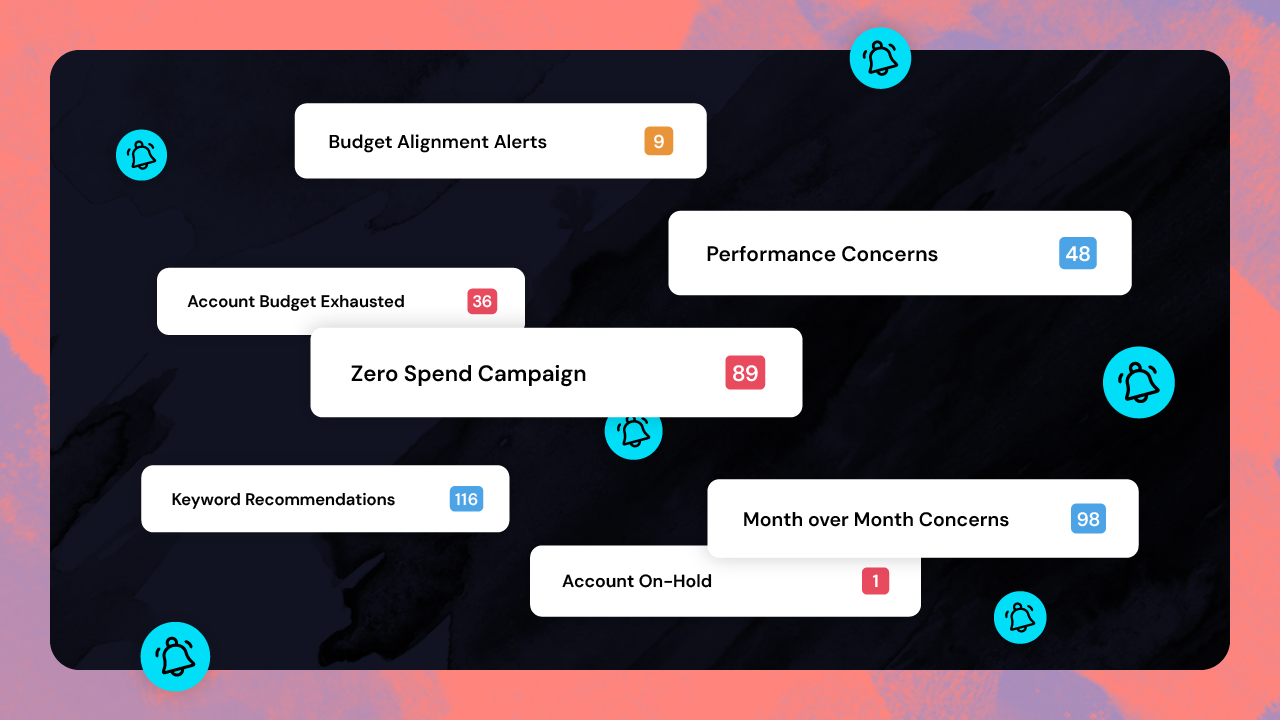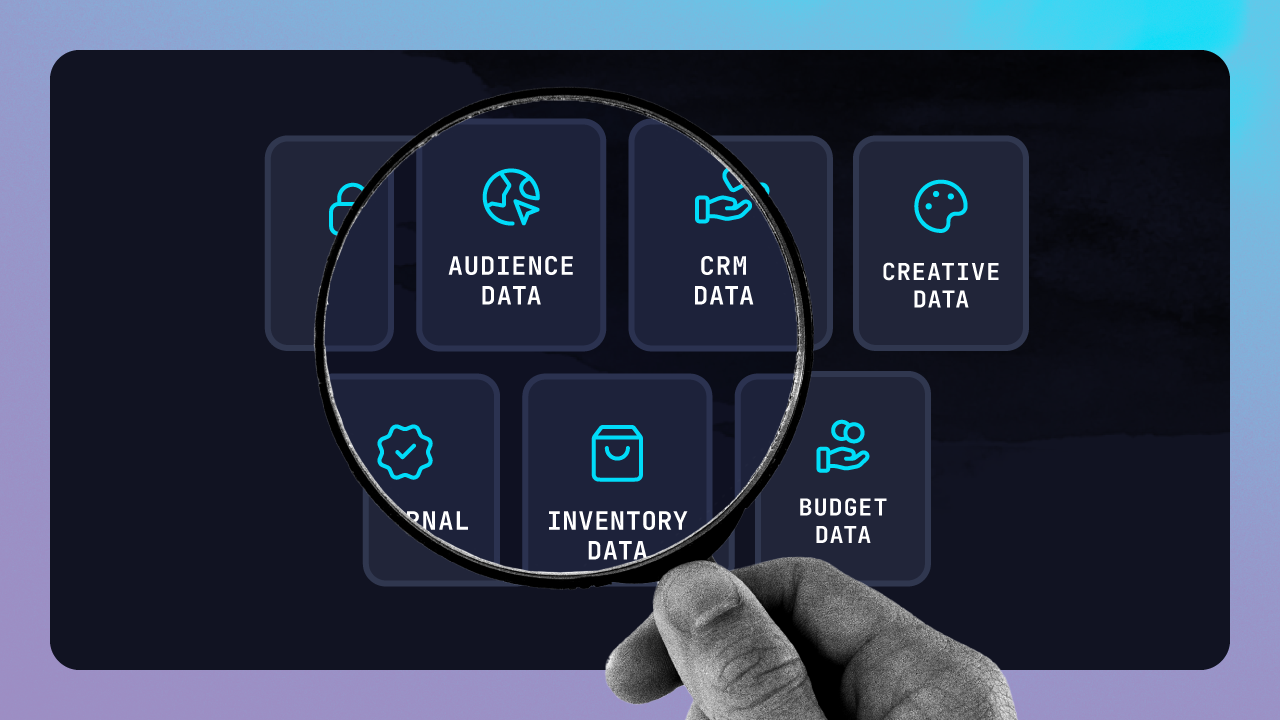There has been a sudden surge in remote workers due to state mandates to work from home if possible. This is a new experience for many employees and with this comes the management of remote workers. With 3.2% of US workers previously working remotely at least half the time and the potential for roughly one-third of US workers to enter the remote workforce, there are going to have to be adjustments made to how companies are operating. There are several areas that businesses should focus on to be successful: communication, employees needs for remote work, and remote work focused software.
Employees' needs for remote work
When working from home during COVID-19 employees will face a series of new challenges and companies should be there to meet these challenges with their employees. With daycare and schools no longer in session in most states, many employees will need to tend to their family during work hours. Additionally, some of the lowest trafficked times to limit exposure for running errands, such as grocery shopping, will be at the beginning of the regular workday. Allowing for flexible hours is one of the best ways a company can help with keeping their employees happy and healthy during this time. There should be a larger emphasis on getting projects done on time then on the number of hours an employee is putting in. As long as meetings are being attended and goals are being met an employee should be allowed to start early or work late, whatever will work best for their schedule. With this new flexible work schedule how do you guarantee the work is actually getting done?
Setting clear KPIs for your employees to understand what exactly is required of them is crucial. KPIs for employees should be trackable and transparent to the employee. Regular communication, such as 1 to 1 and daily standups, will help a manager track progress and provide a chance for the manager to remove any blockers that are preventing an employee’s progress. A standard KPI for marketers is account performance. Marketers everyday have a direct impact on the performance of advertising. Fluency has created visualization tooling called Performance Bounds to showcase when a given metric is performing well, okay, or poorly. The bounds are set by a manager and will give an analyst a good indicator for where they should be spending their time to increase performance on their accounts.

Fluency additionally has flexible emailed reporting that can be delivered directly to an analyst to summarize their accounts performance. Managers can create these reports to focus specifically on performance KPIs of accounts and any potential issues that have arisen. Examples of common issues would be accounts with disapproved ads or improper pacing of spend for an account. Have these emails delivered to all analysts once a week to keep them on track with their performance KPIs.
Communication
Face to face time with your employees has now disappeared. Managers’ interactions with their employees are crucial to providing direction, helpful information, and support. Making sure that employees still have these interactions is crucial to the success of both managers and employees. Employees who do not have 1 to 1 meetings with managers “are four times as likely to be disengaged as individual contributors as a whole, and are two times as likely to view leadership more unfavorably compared to those who meet with their managers regularly.” Now is the time to step up your communication game with your employees and do so routinely. During this communication you should be tracking the KPIs and performance of your analysts. Fluency has created an easy way to track these items and have a birds eye view of how an analyst and their accounts are performing with these KPIs.

Analyst Health Portfolio reporting within Fluency is a flexible way to track the KPIs you have with your team. See how an analyst is performing with their accounts, how many tasks they are completing and general health of their accounts that has been established by the Performance Bounds you have set in place.
Remote work focused software
With a larger focus on structured communication, collaboration, employee KPIs and project management from a remote position, there is a need to implement software to help with the new processes being adopted. Let’s break down some of Fluency’s favorites for each category!
Communication
- Slack - A great software with a free version for chat rooms. This software allows for the creation of both group and private chat rooms with the ability to quickly hop on a video call with others. Very user friendly and integrates well with other software.
- Licecap - An often overlooked tool to add to your box is screen recording! Licecap is free software that allows for screen recording to easily create gifs to share with others. This is great for providing training materials, showing a process, or showcasing an issue.
Collaboration
- Google Drive - Allowing for live collaboration in documents is critical when working remotely. You can no longer swing by someone’s desk to work on a project. Google drives suite of products such as Sheets and Docs allow for this. Create a document and share with others to start the collaboration process
KPI Tracking
- Fluency - We might be a bit biased here towards our own software, but we have created the best way to track a digital advertiser’s KPI in order to measure their progress. We have created flexible reporting to track the goals you have set out for your analysts and to quickly view a breakdown of KPIs progress, such as pacing, by an analyst.
Project Management
- Trello - A super simple card-based project management tracking software. You could very easily create and implement a scrum board with your team. A great way to be transparent when tracking project progression.
Working with a team that is fully remote can be a huge challenge but with the right communication, software, and ability to meet your employee’s needs you will be successful. The implementation of these practices will help your team thrive during the COVID-19 pandemic and emerge even stronger on the other side. Be sure to not think of these practices as short term fixes, but as long term solutions to increase productivity, morale, and transparency within your team. Now ask yourself, what can you implement today to help your team with working remotely?






